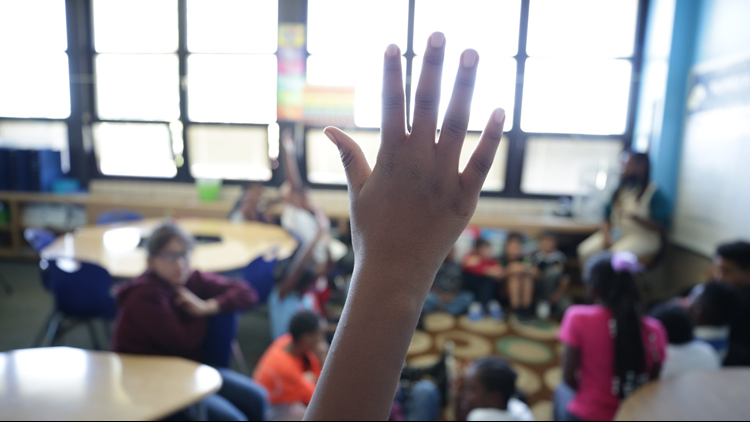Students being taught to mend gunshot wounds in case of school shooting
December 21, 2018
Students will be able to receive training on how to prevent deaths during a mass casualty event with the School-Age Trauma Training (SATT) program being implemented over the next three years.
The Department of Homeland Security posted a $1.8 million grant to develop the School-Age Trauma Training program where students will be able to receive free public training on what to do to help victims during a mass casualty event such as a school shooting. The purpose behind this initiative is to allow bystanders to take effective and lifesaving actions to assist victims who have these traumatic injuries.
The majority of deaths regarding gunshot trauma surprisingly isn’t from the force upon impact from the bullet itself. The fatalities come as a result from the blood loss from the wound instead. When a person begins to lose a large amount of blood and the hemorrhaging isn’t stopped, the rate until death can be as short as 5 minutes, possibly even shorter depending on the severity of the injury.
Victims can bleed out within 5 to 10 minutes if the blood loss is uncontrolled.
Uncontrolled bleeding is the number one cause of preventable death from trauma.
A similar program is “Stop the Bleed”, an initiative run by the American College of Surgeons and the Hartford Consensus to also provide classes to community members on blood control from injuries. The goal of “Stop the Bleed” is to educate and empower people to take action during an emergency where the victim is in danger of bleeding to death. People will be able to aid the victim until professional help arrives. This is to prevent unnecessary deaths in these events.
“This has the potential to save countless lives by empowering our high school age students with critical first aid knowledge they can carry with them throughout their lives, so they can tend to those in distress until help comes,” said William N. Bryan, Senior Official Performing the Duties of the Under Secretary for Science and Technology.
“If severe bleeding isn’t controlled, people can go into shock or die within five to 10 minutes. In a mass shooting, many lives could be saved if bleeding can be controlled,” says Melissa Thomas, RN, Trauma Program manager at Intermountain Riverton Hospital in Riverton, UT.






